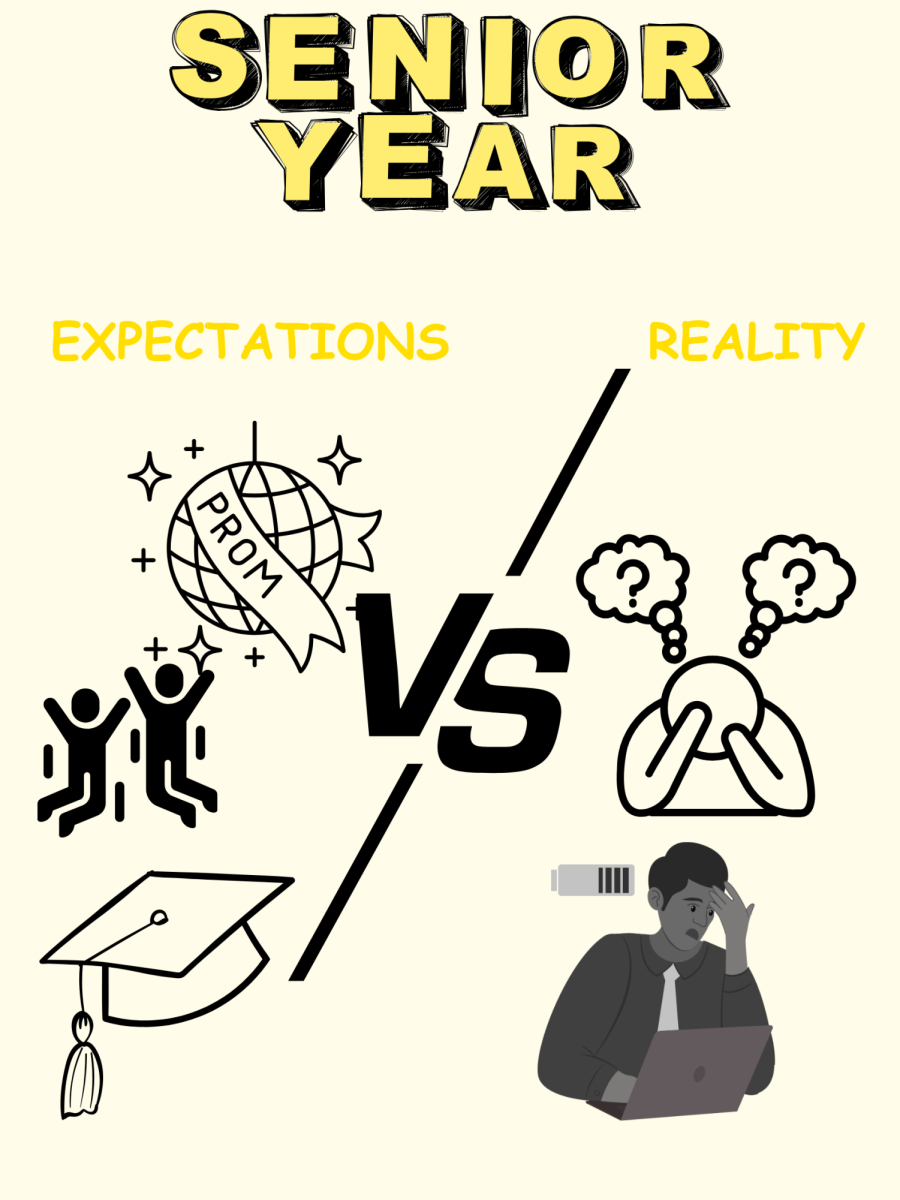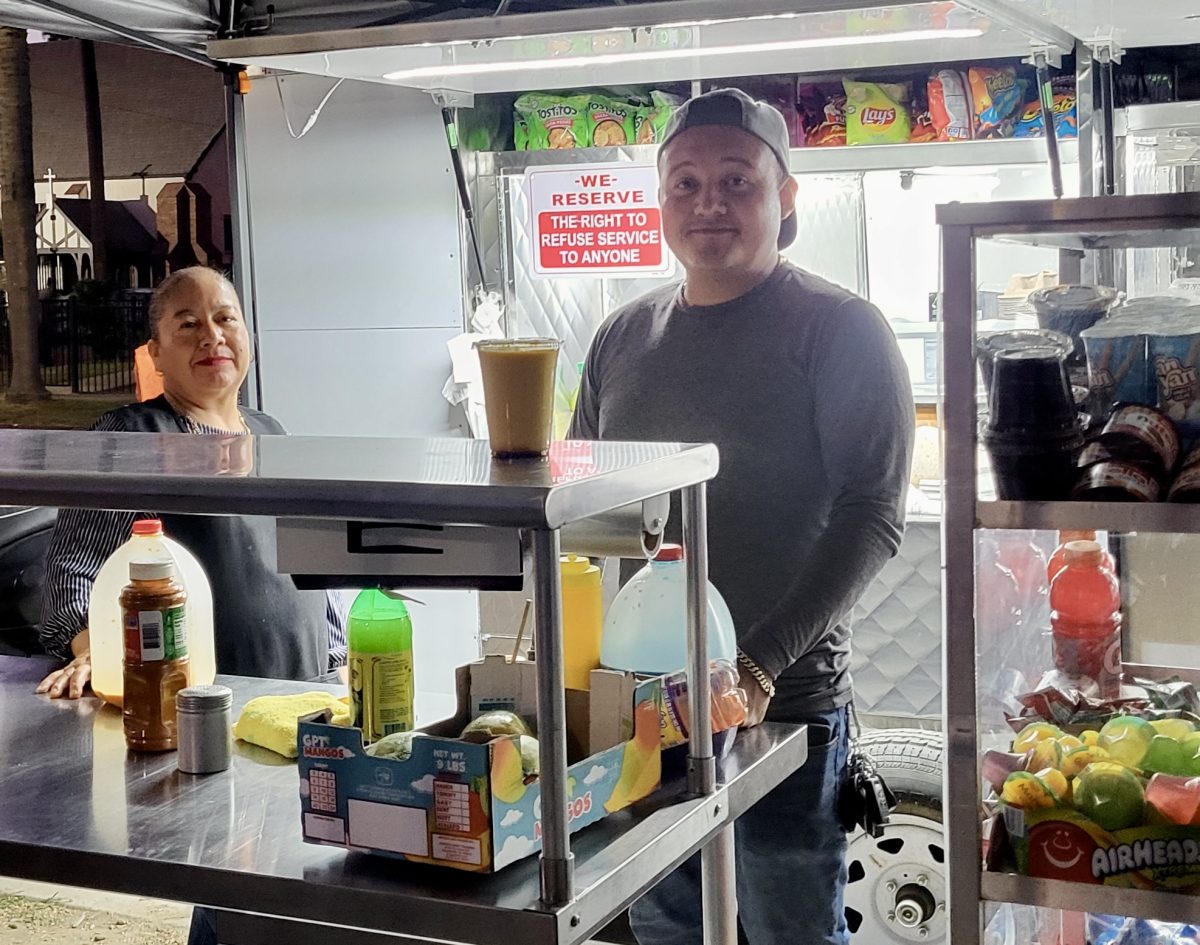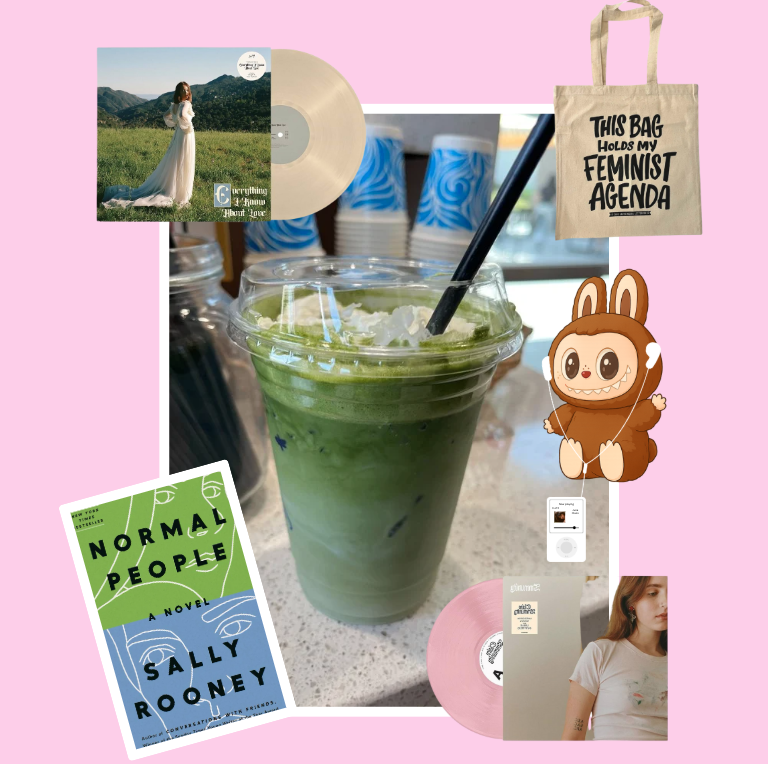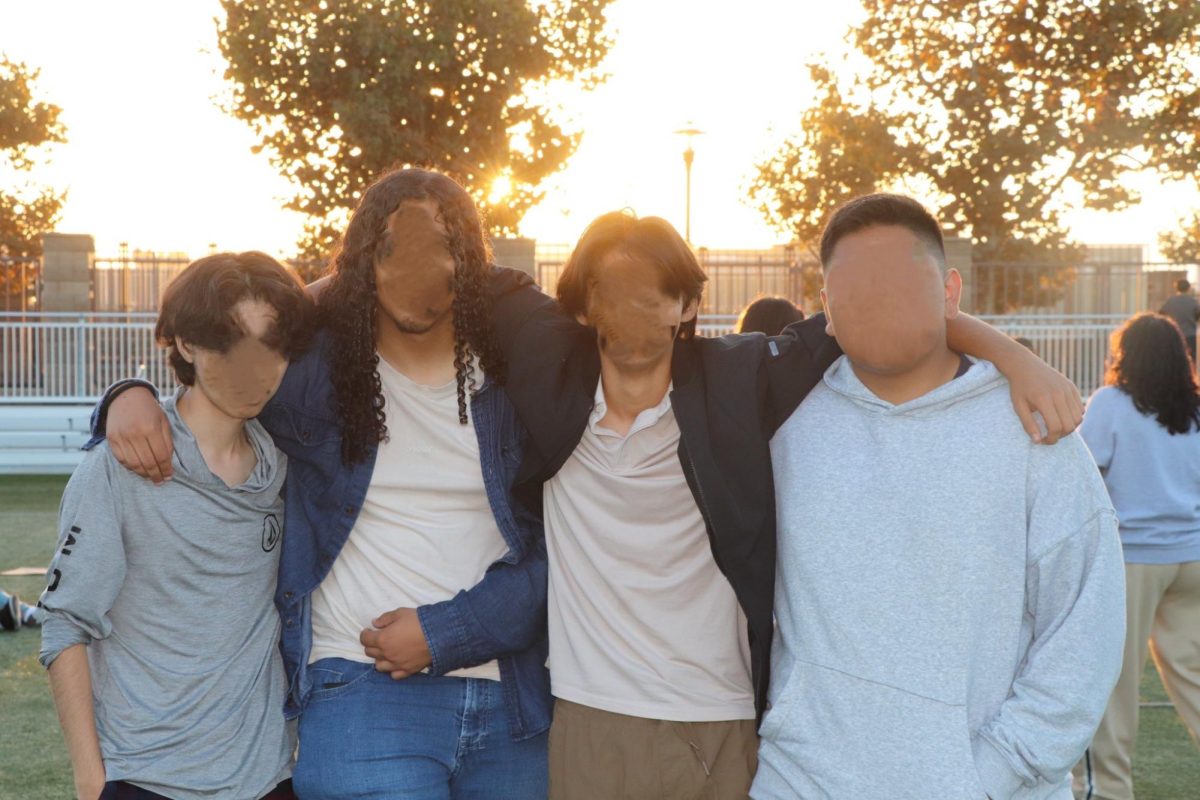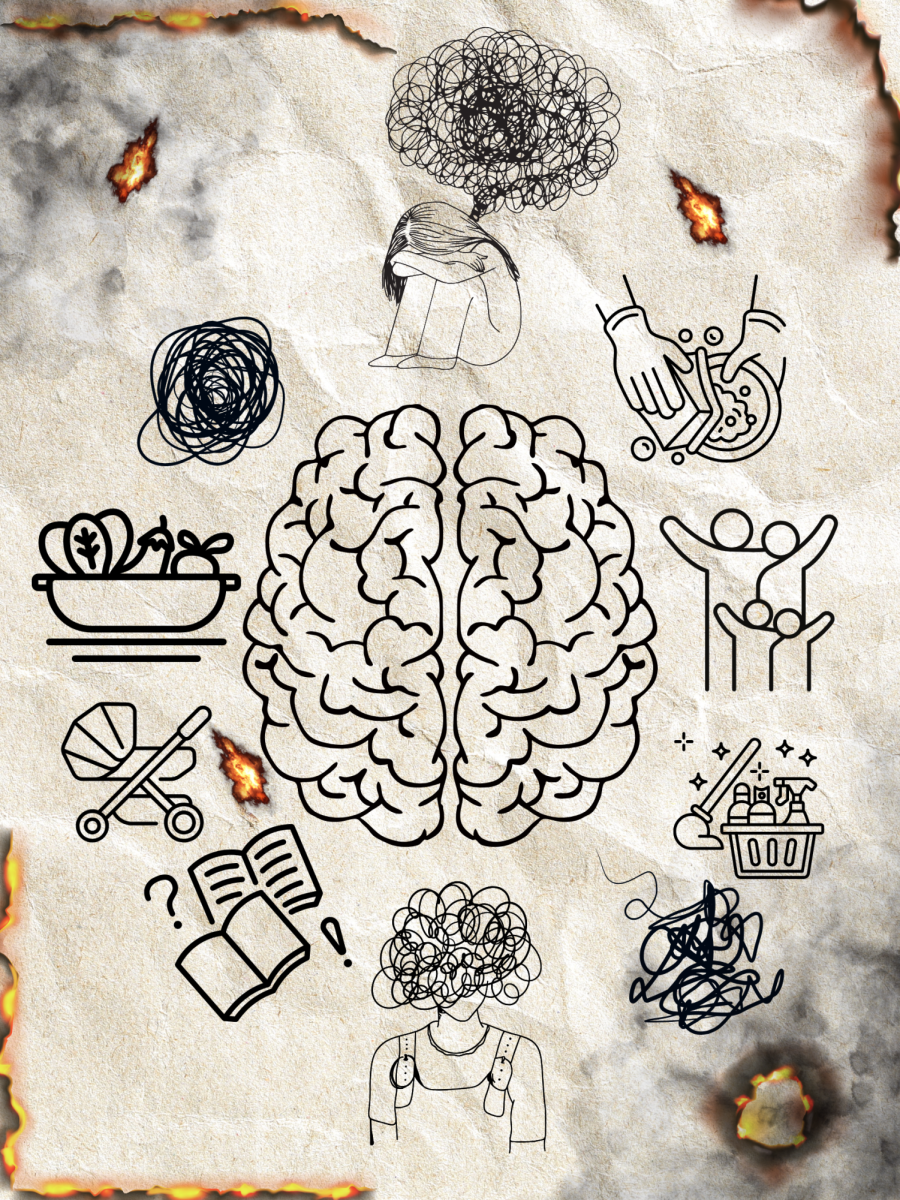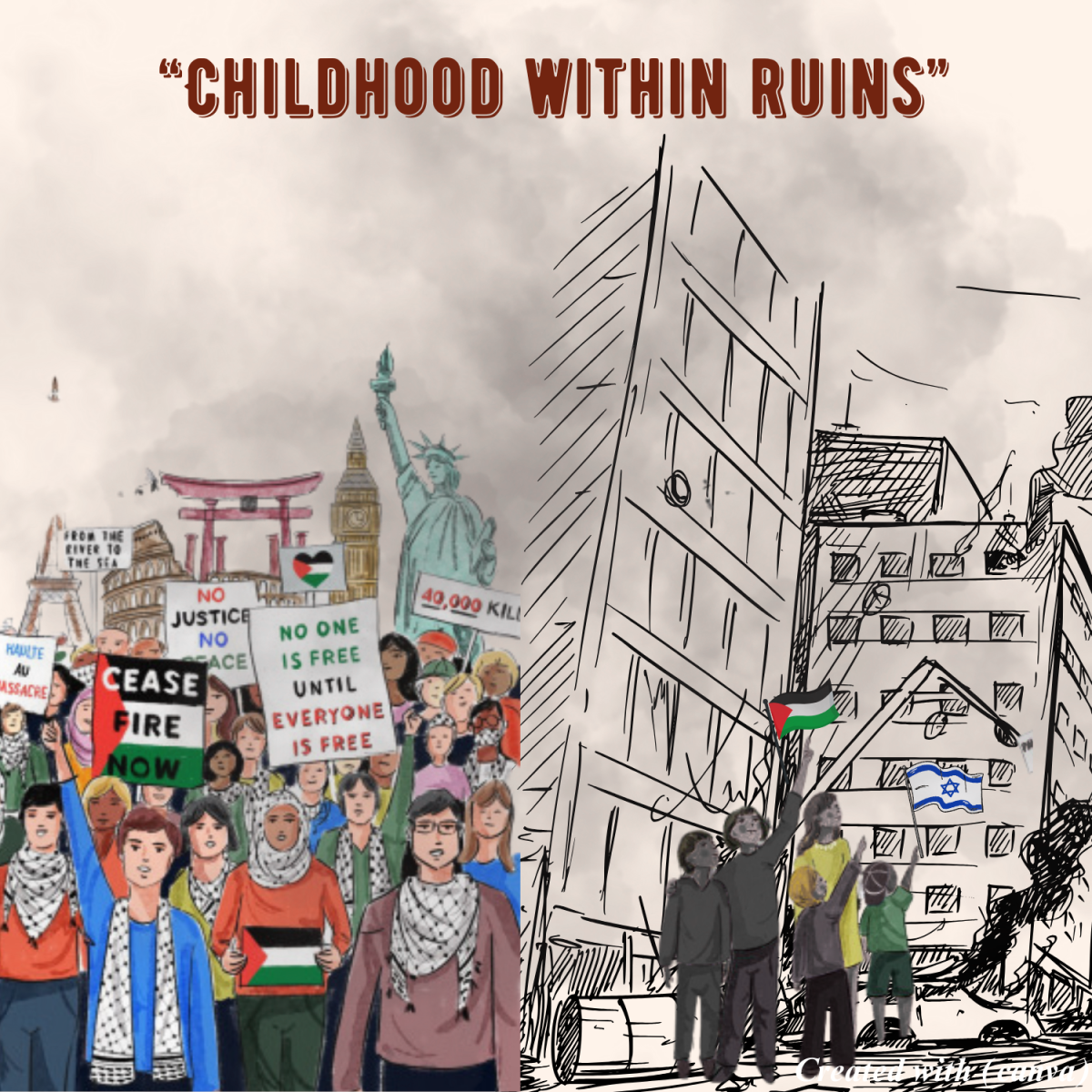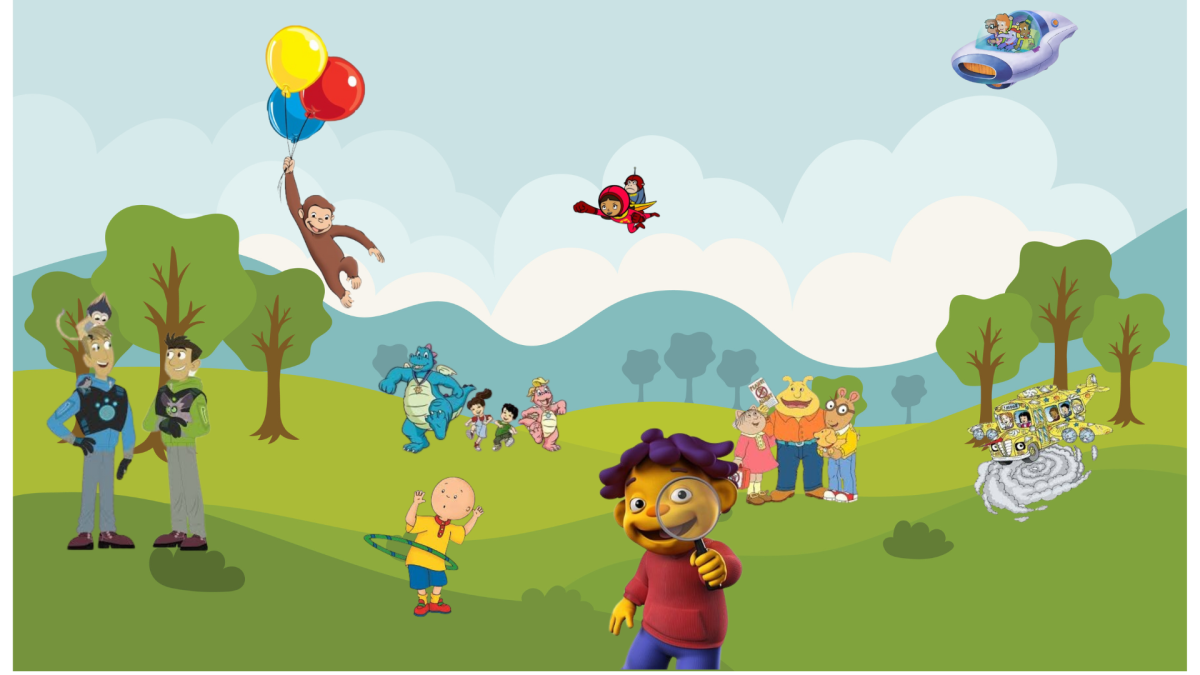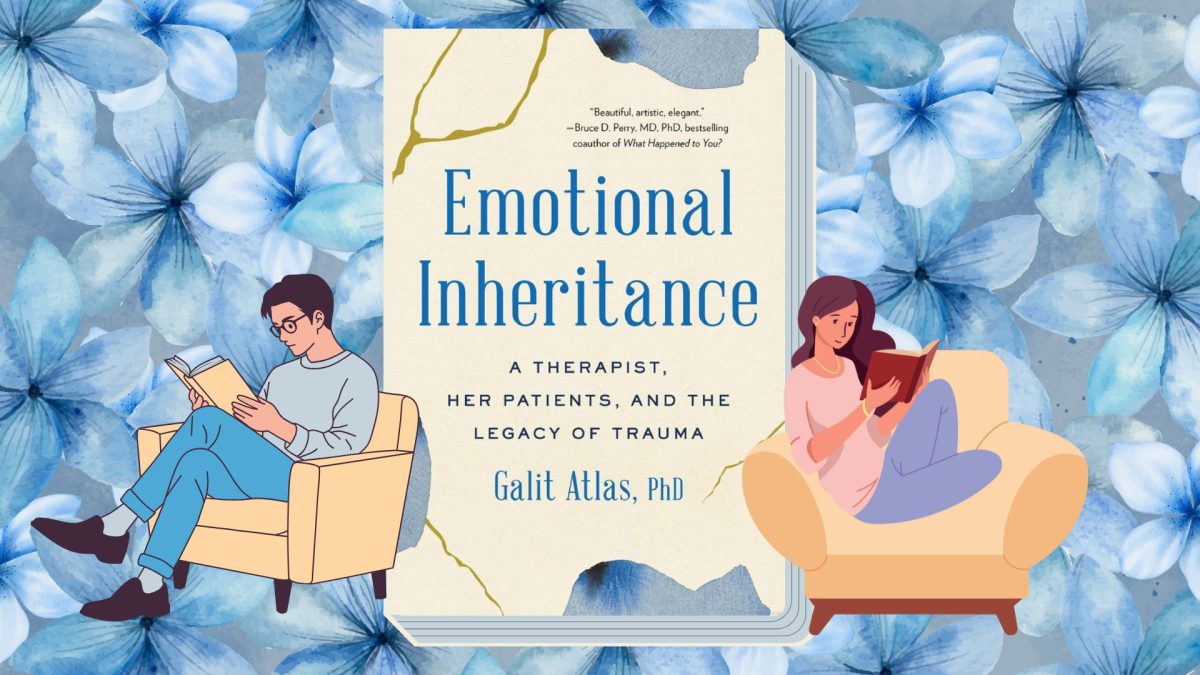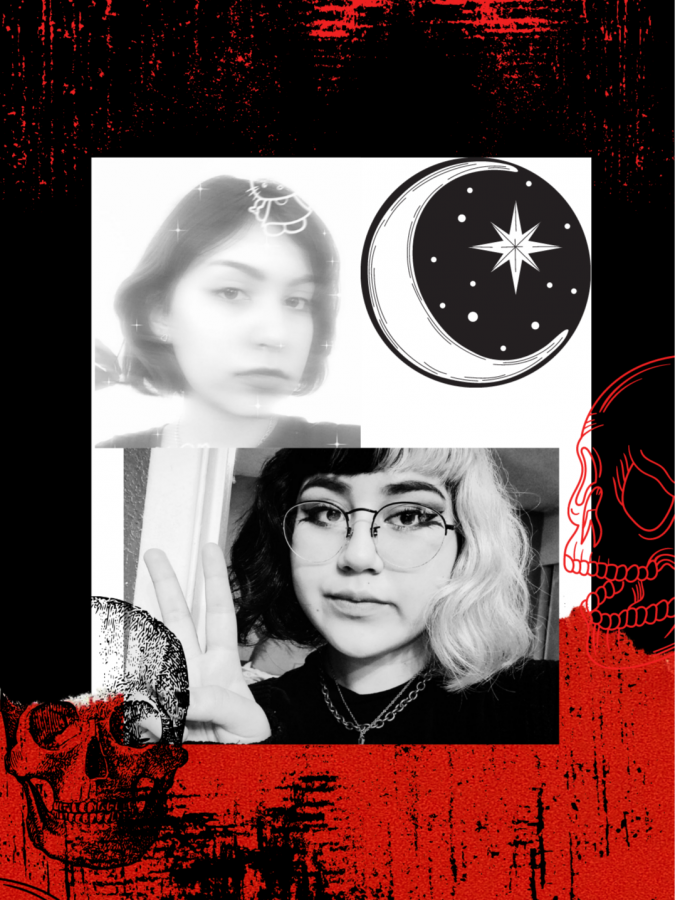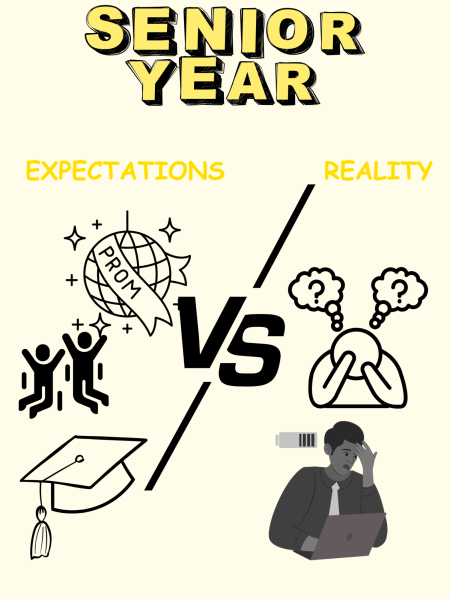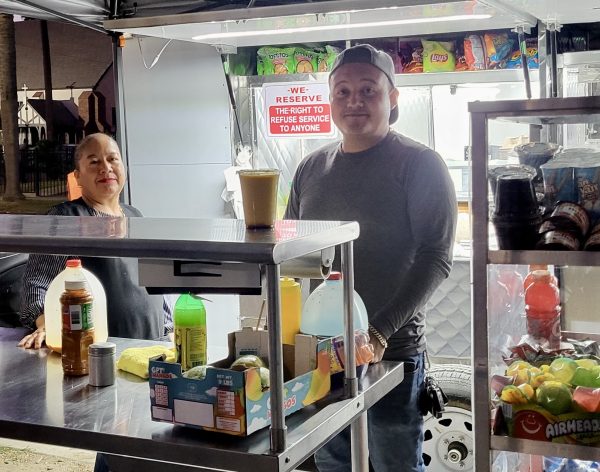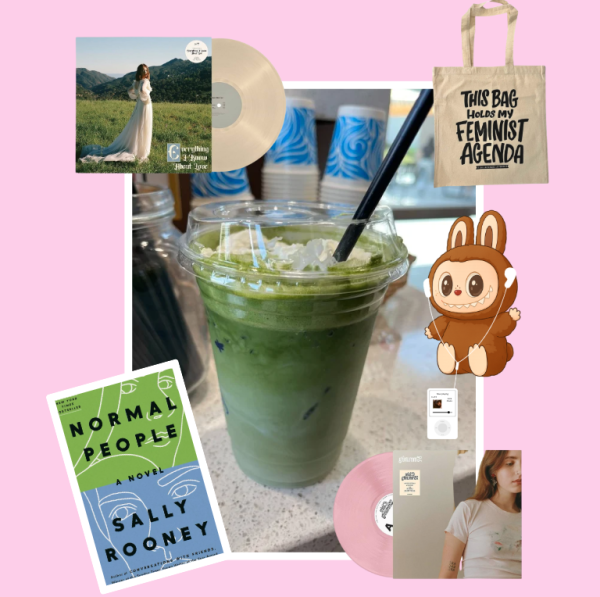The differences between the emo and goth subcultures
Sophomores Giselle Barerra and Itzel Villa belong to alternative subcultures.
If you were asked to tell the difference between a goth and an emo, would you be able to? The answer would most likely be no. The goth and emo subcultures have been the subcultures most looked down upon, along with punks. So why are they often confused, and what is the difference between these two subcultures?
The emo subculture sprang from emocore, a style of punk rock in the 1980s. This word emo is short for emotional because of the emotional, expressive, loud music with lyrics about depression, being misunderstood and/or lonely, parental resentments, and other problems. Youth who identify with this subculture are often associated with being depressed, suicidal, and/or angry at the world. They are characterized as people who don’t fit in or stand out, have lots of negative emotions, want to be left alone, and who dress in black.
“The stereotypical emo would be always sad or depressed or very dark. There are other types of subcultures like pastel emo, but this is the typical emo,” sophomore Giselle Barrera said.
“There are certain bands known to represent the emo subculture and are part of the root of the emo subculture,” Barrera said.
Some of these bands include Panic! at the Disco, Bring me the Horizon, Pierce the Veil, Fall out Boy, My Chemical Romance, Black Veil Brides, etc.
Sophomore Valerie Chavez said, “Bands like Nirvana and Panic at the Disco really made an impact and influence in the emo subculture.”
The typical apparel of an emo consists of Converse, black skinny jeans, big hair, band shirts, dark makeup, and a lot of accessories.
The goth subculture originated in the late 1970s to early ’80s when goth rock, a style of music influenced by post-punk, was becoming popular. Goth rock is known for its hard guitars and ominous sound, similar to music you’d usually hear at a Halloween party. The goth subculture is music-based, meaning in order to be considered goth, you have to like and listen to goth music. The subculture sprouted from goth music before attaining certain apparel. Many people don’t understand that you cannot consider yourself goth based solely on how you dress. Goth music includes bands like The Cure, Sisters of Mercy, Bauhaus, Siouxsie and the Banshees, Type O Negative, Joy Division, etc. However, goths listen to all types of music including metal. The Goth subculture can include lovers of Goth rock, Gothic literature, Victorian and medieval history, and horror films.
Contrary to what people might think, members of the goth subculture are not violent. They’re often accepting with some cynical views and a fascination with death– finding beauty in tragedies. Typical apparel worn by goths include lace, corsets, fishnets, waist chains, exaggerated eyeliner, and platforms. This is known as trad goth (short for traditional goth). Black is usually worn, however they’re not subjected to wearing just black; many goths wear color. Many take pride in wearing outfits that stand out from mainstream culture.
While you may have learned the differences between these subcultures, many people still confuse them for being the same.
“There’s a big difference. Emo was more early 2000s culture and the fashion is similar to goth but not the same just because they both dress in black. They both can include lots of black clothing, heavy makeup, big hair, piercings, tattoos,” said sophomore Itzel Villa.
“Both subcultures wear dark clothes and stand out from the typical person and both stand out in a similar way,” said Barrera.
The same way these subcultures stand out is what attracts youth. They’ve begun to normalize these subcultures as well as others.
Sophomore Blanca Venegas said, “People back then made fun of emos and goths, and now people’s styles are being influenced by these subcultures.”
“Alt TikTok has put a better image on subcultures because of its popularity so it’s not as judged. They’ve basically normalized them,” said Villa. “However, people are always gatekeeping these subcultures because they exclude others just because they have more of a personal attachment and don’t want to share it with others. Mostly because people in these subcultures were bullied for being emo/goth before it became normalized.”
Gatekeeping is limiting information (or preventing people from obtaining knowledge) about something to stop people from liking or identifying with it. Just like people have concealed information about emos and goths to prevent them from liking or identifying as one of them.
“Some people will gatekeep just because they don’t fit the stereotypical goth or emo,” said Barrera.
“People will definitely gatekeep and try to say you’re not a real fan of a certain band. Back then, they were ridiculed for listening to certain music or the way they dressed. So now that it’s become more accepting they want to keep it for themselves,” said sophomore Chavez.
TikTok, along with other social media apps, have been platforms to learn about different subcultures and normalize them. People who haven’t informed themselves about these subcultures often look down on them. There are a lot of misconceptions about the goth subculture.
“Older generations associate it with the devil and satanism because it’s dark and they don’t know exactly what they are,” said Villa.
“They think emos are rebels and don’t care because of the way we dress, the music we listen to, or just because we’re different. Goths are often associated with being satanists. People think they worship the devil and while some do, you can’t judge a subculture based on one person only. Religion isn’t a factor or requirement in these subcultures,” said Barrera. Many dark characteristics in these subcultures cause people to assume things about them just because of how they look.
“I think that while we’re progressing, many people still look negatively upon these subcultures society because black is often associated with being anti-social. People still judge others for what they wear or color they wear,” said Chavez.
Many teens listen to certain music or dress a certain way as a form of expression and there’s nothing wrong with that.
These platforms have welcomed all kinds of people and these subcultures affect society in a positive way.
“They’re helpful to society because people want to fit in somewhere, and it’s helpful to those who want or need something to relate or identify with. Whether it be music, style, or identity people have a variation of subcultures to identify with,” said Barrera.
Villa said, “People are expressing themselves in a way that doesn’t harm anybody else so it has no negative impact on society.”
There’s nothing wrong with looking different than your average high school teen, no matter what music you listen or style you like. Just remember to educate yourself about the different subcultures to not offend anyone or create misconceptions about them.

